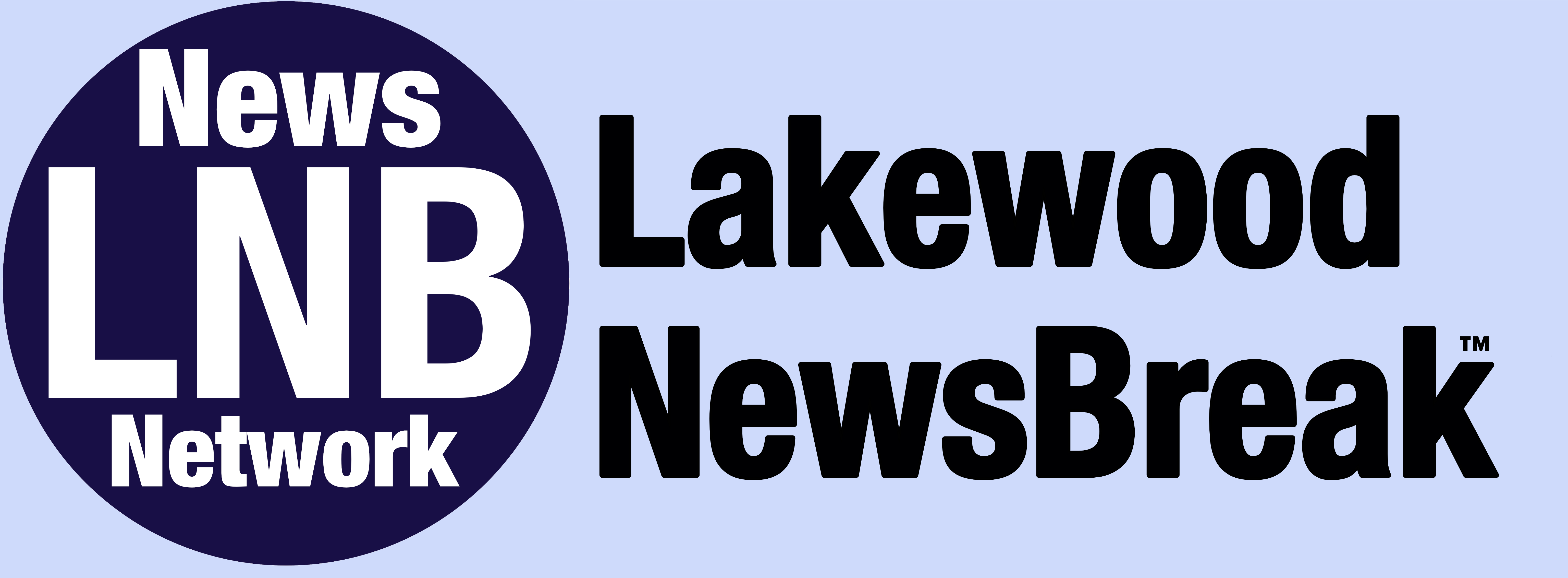The Comically Terrible Rollout of Latter-day Saints for Trump
The koozies and coffee mugs were a mistake.

One of the more puzzling, albeit obscure, subplots in the final weeks of this campaign season has been Donald Trump’s thunderingly incompetent effort to court Mormon voters.
Earlier this month, the former president’s campaign launched Latter-day Saints for Trump, one of several “coalition” groups designed to coordinate outreach to specific subsections of the electorate. (See also: Catholics for Trump, Jewish Voices for Trump, and Latino Americans for Trump.) The campaign’s special attention to the LDS vote makes sense. Members of the Church of Jesus Christ of Latter-day Saints, once the most reliably Republican religious group in the country, have been considerably less loyal to the party in the Trump era. And enough of them live in the closely divided battleground states of Arizona and Nevada to make a difference.
But almost immediately, Latter-day Saints for Trump devolved into a Veep-like comedy of errors. The official website went live on October 7 with a photo of Russell M. Nelson, the president of the Church and a man considered by its members to be a prophet of God. When a reporter for the Church-owned Deseret News asked whether the campaign had gotten permission to feature the image, given the Church’s neutrality in partisan politics, the campaign quickly scrubbed the photo from its homepage.
A few days later, users on X discovered a page on the Trump-campaign website selling Mormon-branded merch—including Latter-day Saints for Trump coffee mugs ($25) and koozies (two for $15). When people pointed out that Mormons somewhat famously don’t drink coffee or alcohol, the campaign hastily rebranded the merch, and a social-media pile-on ensued. (“Next: Jews for Trump pork chops.”)
[From the January/February 2021 issue: The most American religion]
Meanwhile, Mormon-targeted campaign events have been scheduled with an odd indifference to Latter-day Saint religious practice. A canvassing event in Nevada, for example, was held the same weekend as General Conference, a semiannual series of Church broadcasts in which senior leaders deliver sermons and spiritual counsel. (The timing was a “challenge,” admitted the Utah GOP chair, who helped organize the event.) And when Trump held a rally in Prescott, Arizona, with an array of MAGA-Mormon luminaries—including Senator Mike Lee of Utah and the right-wing media personality Glenn Beck—it took place on a Sunday, which Latter-day Saints traditionally set apart for worship, service, and rest, not political events. (Perhaps to address this dissonance, the post-rally Latter-day Saints for Trump Zoom call was advertised as a “virtual fireside,” a reference to evening religious meetings held by Mormons.)
The latest hitch in Trump’s Mormon outreach came yesterday, when the Deseret News reported that Doug Quezada, a founding co-chair of Latter-day Saints for Trump, is being sued for fraud over an alleged scheme involving a cannabis company. (Quezada told the paper the lawsuit was a “shakedown” and denied wrongdoing; in July, a judge denied a motion to dismiss the lawsuit.) Such allegations may be somewhat commonplace in the Republican nominee’s orbit, but the words cannabis company and fraud will not reassure Trump-skeptical Mormons.
A spokesperson for the Trump campaign did not respond to my request for an interview about the rollout of Latter-day Saints for Trump. But Rob Taber, the national director of Latter-day Saints for Harris-Walz, a grassroots group that works closely with the Democratic campaign, was happy to talk. Taber told me he’s been surprised by the “sheer incompetence” of Trump’s efforts, and chalked up the missteps to a lack of practice. “They’re used to being able to count on the LDS vote to be the door-knockers and the foot soldiers of the Republican Party,” Taber told me. “Actually having to engage in persuasion is a little bit new to them.”
For most Mormon voters, these political faux pas won’t be deal-breakers on their own. But the Trump campaign’s clumsiness is revealing. Taber has a point: There’s a reason professional Republicans are so bad at pandering to Latter-day Saints—before Trump came along, they never had to. In the modern political era, a typical GOP presidential nominee would receive the support of 70 to 80 percent of LDS voters in the United States. In 2016, Trump—with his “locker-room talk” and fondness for adultery, his rank xenophobia and religious illiteracy—barely managed to pull half of the national Mormon vote, and won deep-red Utah with a meager plurality. (Evan McMullin, a Mormon independent candidate, drew more than 20 percent of the vote.)
For most of 2016, Trump’s campaign seemed to take the Mormon vote for granted—even as Democrats saw an opening. That August, Hillary Clinton wrote an op-ed for the Deseret News touting her record of support for religious minorities around the world as secretary of state, and contrasting it with Trump’s proposed Muslim ban, which the Church had condemned. Intent on showing that she’d done her homework, Clinton even cited several historical LDS leaders by name. When Trump responded with his own Deseret News op-ed a few days later, it comprised a hodgepodge of generic GOP talking points, plus a tin-eared pledge to protect pastors who endorse political candidates from the pulpit (a practice that, though common in evangelicalism, is forbidden in LDS services).
Four years later, Trump and his allies seemed more attuned to their Mormon problem. The campaign repeatedly dispatched Donald Trump Jr. to Utah, and enlisted the help of Mormon surrogates. But they still struggled to connect. The most famous blunder came late in the 2020 campaign, when Lee gave a speech in Arizona ham-fistedly comparing Trump to a character from the Book of Mormon.
[Read: Why Mormons don’t like Trump]
“To my Mormon friends, my Latter-day Saint friends, think of him as Captain Moroni,” Lee said, pointing to Trump. “He seeks not power, but to pull it down. He seeks not the praise of the world or the fake news, but he seeks the well-being and the peace of the American people.”
Many Mormons, including some Trump supporters, found the comparison blasphemous. Captain Moroni is a beloved scriptural figure, the personification of bravery and selflessness, and seeing him invoked at a MAGA rally was jarring. Lee quickly walked back the comments, but the incident illustrated just how uncomfortable many Mormons are with their newfound status as a voter bloc to be fought over. To court them effectively in a presidential campaign requires both a strong grasp of LDS culture and a certain amount of delicacy.
Rob Taber told me that this is where Mormon Democrats like him have an edge. People with left-of-center views in the Church spend their lives learning how to lay out their view gently and persuasively, he said: “You just get used to explaining things.”
There’s little doubt that most LDS voters will support Trump this year. Conservative attitudes on abortion and other cultural issues guarantee a certain degree of partisan loyalty. But younger Latter-day Saints, who came of age in the Trump era, are significantly less conservative than previous generations. And in the past eight years, some anti-Trump Mormons have gotten more comfortable voting for Democrats instead of third-party protest candidates.
The margins could matter. In a survey conducted shortly before the 2020 election, Quin Monson, a pollster and political-science professor at Brigham Young University, found that Joe Biden doubled Clinton’s share of the Mormon vote in Arizona—a state with a large Mormon population that Biden won by fewer than 12,000 votes. For the Harris campaign, holding on to those voters this year could be the difference between losing Arizona and cracking open a celebratory beverage on Election Night. I know a website where they might be able to get some koozies on sale.










